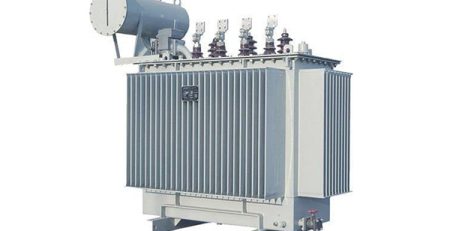POSTED BY:
COMMENTS:
0
POST DATE:
The Neutral Conductor
In most electrical systems, the same size conductor is used for the neutral as for the phase (hot) conductor because they both carry electrical current and must be able to handle the same amount of current. In fact, the neutral conductor may carry as much or even more current than the phase conductor in some cases, especially in systems with unbalanced loads.
The neutral conductor is used to complete the electrical circuit, allowing the current to return to the source after flowing through the load. The phase conductor carries the electrical current from the source to the load. Both conductors must be able to handle the same amount of current because the neutral conductor is often used as a backup path for the current if the phase conductor becomes damaged or disconnected.
By using the same size conductor for the neutral and phase, the electrical system is able to handle the maximum expected load, and provides a reliable and safe electrical connection. It also simplifies the installation process and reduces the cost of materials by only requiring one size of conductor for both the phase and neutral.
The neutral conductor is important in an electrical system for several reasons:
Completing the circuit: The neutral conductor is used to complete the electrical circuit, allowing the current to return to the source after flowing through the load. This is necessary for the circuit to work properly and for electrical devices to receive power.
Balancing the load: The neutral conductor helps to balance the load in an electrical circuit by carrying any unbalanced current that is generated by the load. This helps to ensure that the electrical circuit operates safely and efficiently.
Safety: The neutral conductor provides a path for fault current in the event of an electrical fault, which helps to protect people and property from electrical shock, electrocution, and electrical fires.
Grounding: The neutral conductor is often connected to the ground, providing a reference point for the electrical system and helping to protect against electrical hazards.
In summary, the neutral conductor is an essential component of an electrical system, providing a safe and reliable means of completing the circuit, balancing the load, and protecting against electrical hazards.





